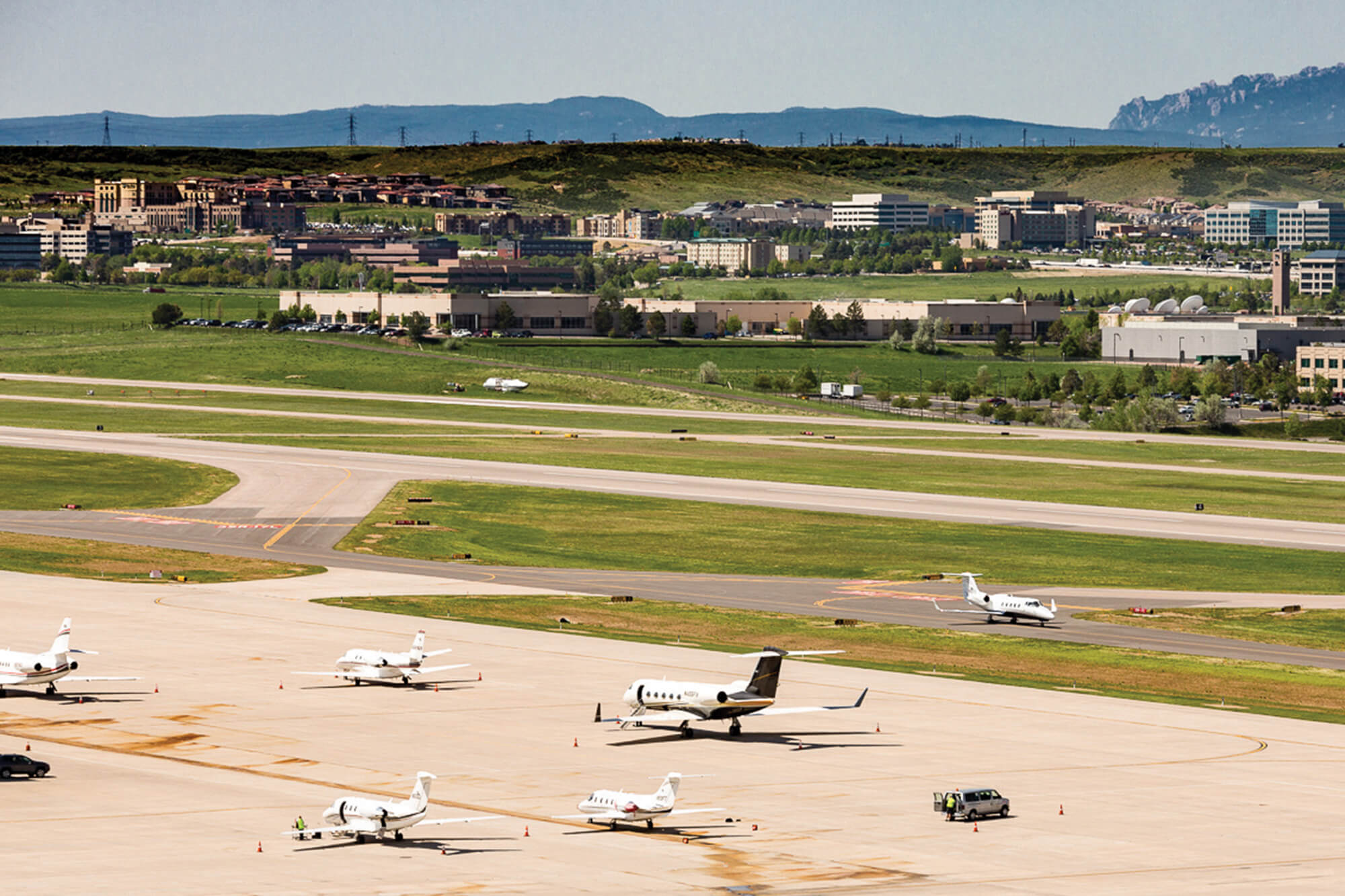

Legal requirements come first, but there is a lot to consider.
July 29, 2019
There are alternates and then there are better alternates. An alternate airport must satisfy the ceiling and visibility requirements of Part 91 and 135. A better alternate complies with the regulation while offering the services and support that the trip needs.
Better alternates offer many services (fueling, aircraft maintenance, fire and rescue, and customs), as well as superior airport infrastructure (longer, wider run-ways, perhaps with security engineered material arresting systems to mitigate aircraft overruns). Other non-aviation factors of better alternates include the close proximity of hotels and hospitals.
“The legal requirements are number one, but how close is the alternate to where the passengers are going?” said Jim Hosey, a career pilot and now aviation consultant who serves on NBAA’s Safety Committee. “Are there adequate approaches, hotels, ground transportation or commercial airlines to get your passengers out, or will they have to remain in the same location as the aircraft until it can depart?”
It’s important that an alternate has a good FBO with a handler, especially at international destinations. Alternates that border countries experiencing
civil unrest or require flights over such nations should be avoided, he said.
Hosey recommends using the FAA’s Aviation Safety Information Analysis and Sharing (ASIAS) portal (https://portal. asias.aero/web/guest) when researching alternates. More than 100 operators use the site to share safety information and operational insights, including airports and services. The service is free and managed by MITRE Corp. However, users must sign up to use the portal.
“We generally know where our passengers are going after they land, which helps in choosing an alternate,” said Chad Patnode, a dispatcher for a New Jersey-based operator. That’s when hotels, meet-ing venues and distance to the destination prevail, he noted.
“For domestic airports, we call ahead to the FBO to query them on their capabilities,” Patnode said. For international trips, he recommends avoiding using just one handler to learn about alternate airports. “Over the years, we noticed that some international service providers have expertise in certain geographical areas.”
Having an English-speaking ground handler at an international airport who is knowledgeable about customs, ground transportation and the local area, and can escort the passengers and crew to the hotel, is important.
Patnode’s company developed a data-base of emergency alternate airports for flying over sparsely populated regions. Operating hours, English-speaking handlers, along with aircraft and passenger services, determined what airports made the list. “What’s most important is whether there’s a nearby hospital with trauma care,” Patnode said.
NBAA’s Airport Audit Tool (nbaa.org/safety/airport-audit-tool) is an essential resource in selecting alternate airports. The tool covers everything from potholes and cracks in airport surfaces to how often rubber in the touchdown zone is removed, as well as the turnover rate and training of FBO staff and line crew.
Determining the best alternates can go a long way toward mitigating the set-back of a diversion. But what goes even further is communicating about potential trip disruptions, said Patnode.
“I’ve noticed throughout my dispatch-ing career that passengers handle inconveniences better if they were briefed on the potential challenges ahead of time.”


 International Business Aviation Council Ltd.
International Business Aviation Council Ltd.